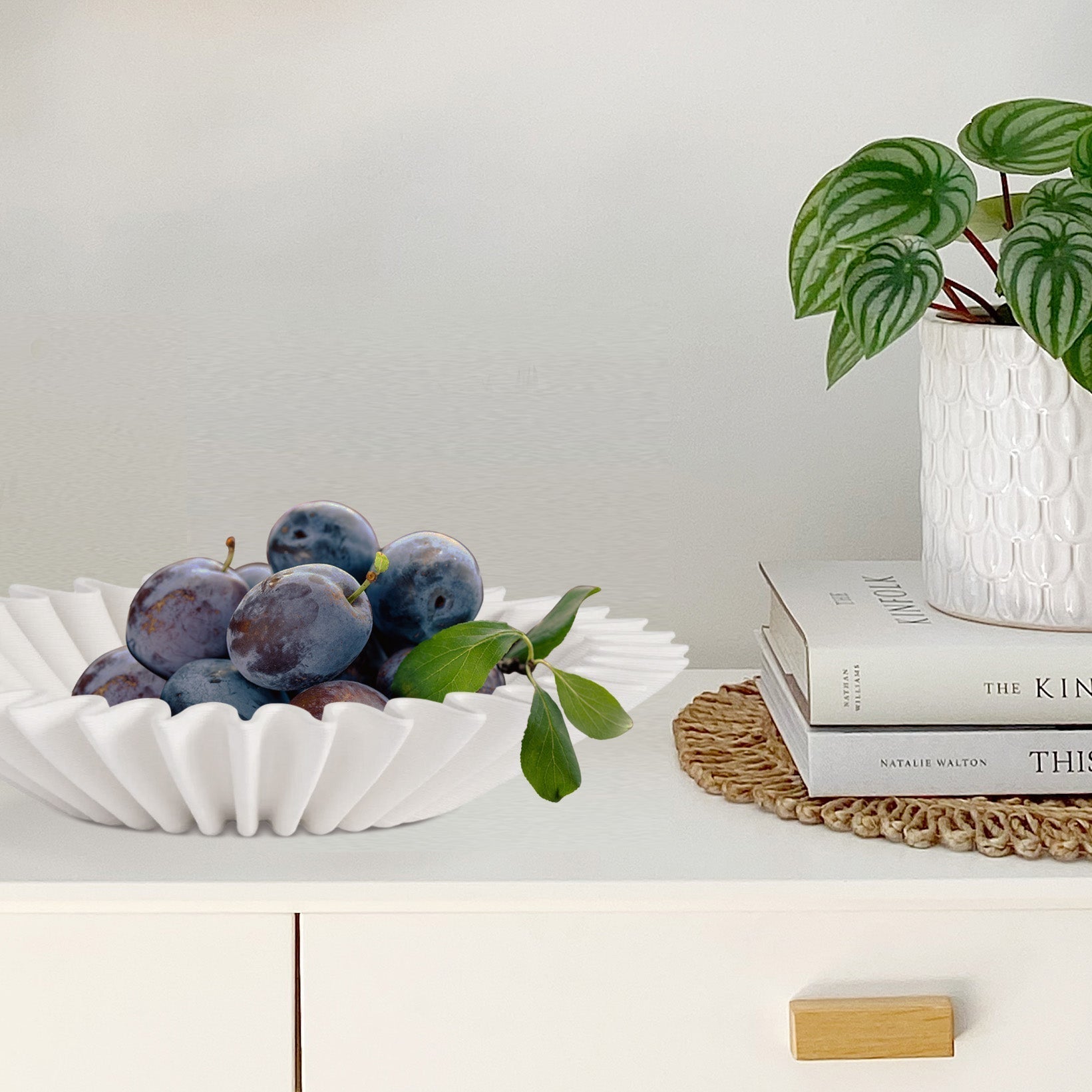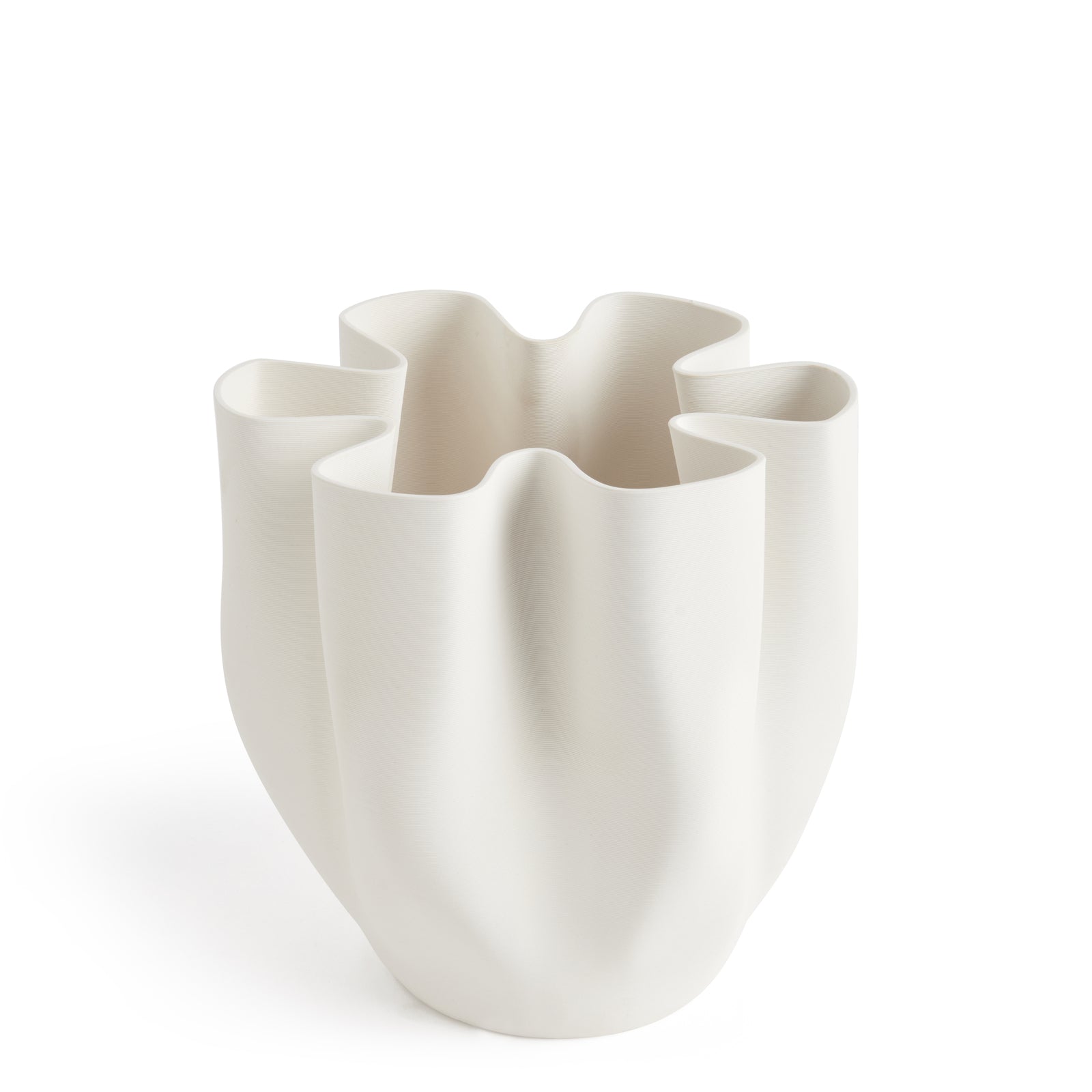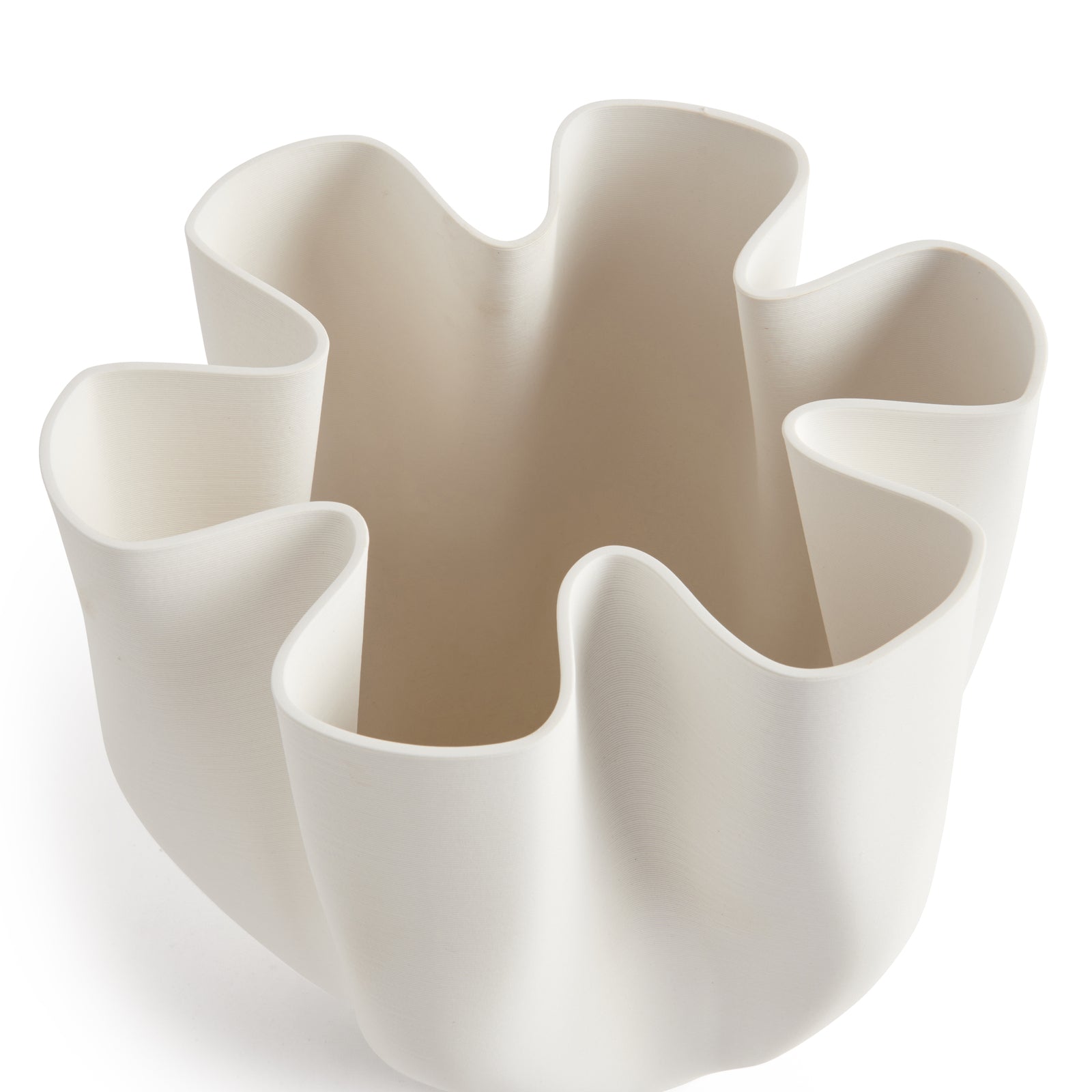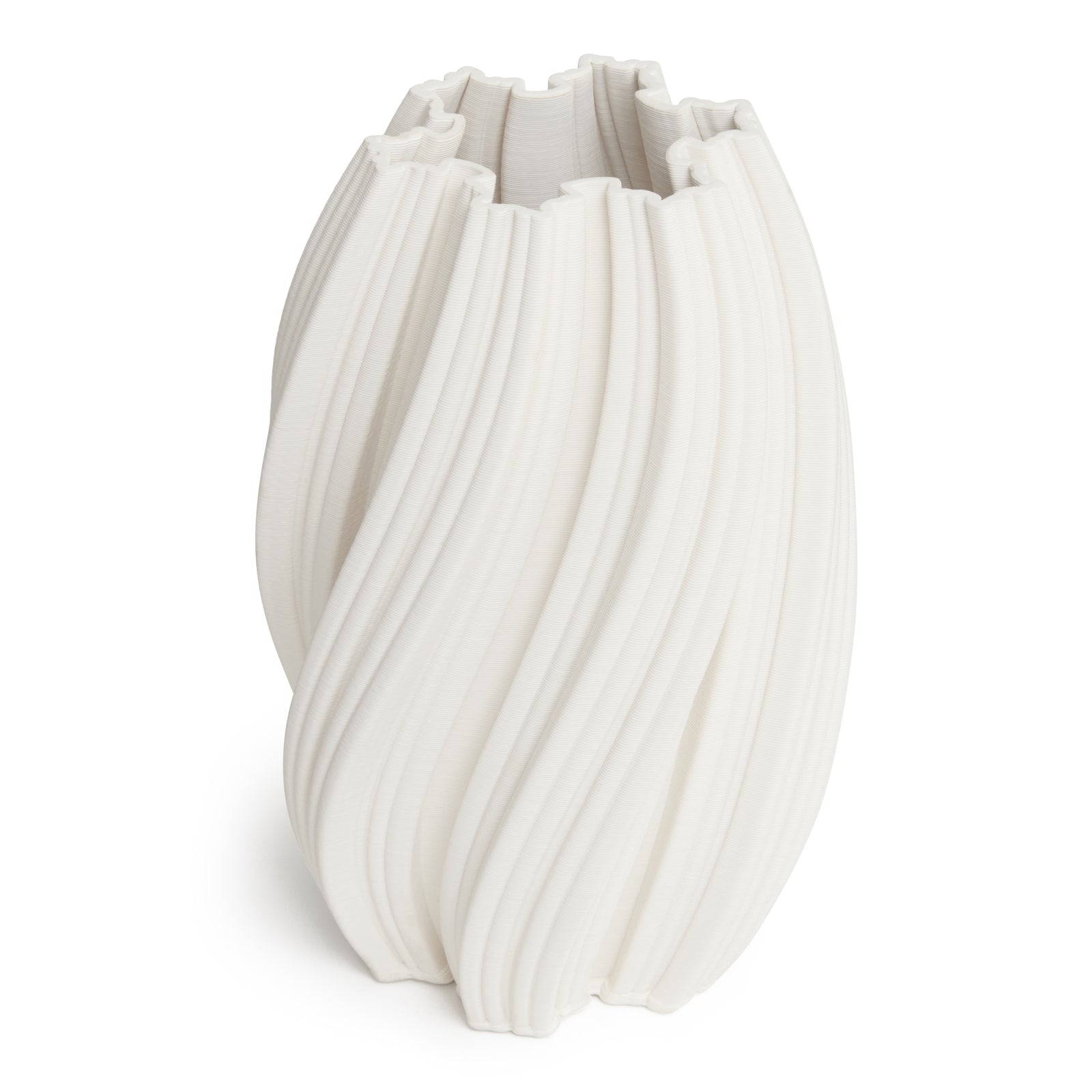In the realm of artisan home decor, handcrafted ceramic bowls are quietly redefining what it means to bring character into a space. More than just tableware, these bowls now serve as sculptural accents, wall adornments, and layered backdrops—infusing interiors with warmth, tactility, and a direct connection to the maker’s hand. For eco‑conscious homeowners and lovers of handmade goods, they offer a poetry of surface, texture, and imperfection that mass-produced items simply cannot match.
Crafting Character: The Essence of Handmade Ceramic Bowls
There’s a reason artisan ceramics feel different. As one Australian ceramicist, Mara Thompson, describes:
“When I fire a piece, I can’t control every nuance — and that unpredictability is precisely what gives the work life.”
Many makers begin with local clay, sometimes even sourced from riverbanks or reclaimed urban land. They may add grog or silica to enhance texture. Whether thrown on a potter’s wheel or hand-built, shaping is a dialogue between the maker and the material. Glazing follows — often using mineral- or plant-based recipes — and is applied in ways that invite variation.
Sydney potter Emiko Tanaka says:
“I see a pooling line as a fingerprint, not a mistake.”
Subtle ripples, glaze drips, or colour shifts are not flaws — they are the voice of the maker made visible. Each piece becomes a narrative, paused in clay and glaze.

Sustainability & Material Integrity: Why These Pieces Resonate
One of the compelling reasons decorative ceramic bowls are gaining popularity is their grounded, honest materiality. Ceramic comes from the earth — and, when thoughtfully produced, has a relatively light environmental footprint. Many makers now adopt low-waste studio practices, locally sourced clay, and glazes with minimal chemicals.
Contemporary design trends also support this shift. The “wabi-sabi revival” — an aesthetic that embraces imperfection, texture, and transience — is flourishing across Australian interiors. On platforms like Pinterest and Instagram, searches for “wabi-sabi ceramics décor” continue to rise, often tagged alongside “slow living” and “eco interior styling.”
At the same time, new technology is reshaping what “handcrafted” can mean. The rise of 3D printed ceramics has opened doors for designers to explore form in new ways—blending the precision of digital fabrication with the timeless appeal of clay. The Monique 3D Printed Bowl is a striking example of this. Its intricate, rippled edges and symmetrical form are made possible through 3D printing, yet the material retains an organic, matte finish that feels warm and grounded. This bowl stands at the intersection of old and new: a piece that nods to tradition while embracing the future of eco-aware, precision-made design.
Because ceramics are inherently durable, they become heirlooms. Even at the end of their life, broken ceramic pieces are inert and safe — able to return to the earth or be upcycled into mosaic or aggregate materials.

Styling Handcrafted Bowls with Intention
Beyond the Table: Decorative Uses for Ceramic Bowls
More than serveware, bowls are becoming textural wall art and styling tools. Try mounting them using invisible plate hangers in gallery wall arrangements. Mix glazes, shapes, and sizes for an eclectic feel, or stick to a tonal palette for calm cohesion.
Leaning a large decorative bowl behind smaller items — like mirrors or framed prints — creates depth and texture in console vignettes. Even a single ceramic bowl, placed thoughtfully, can add a quiet point of visual interest in a hallway, kitchen, or reading nook.
Bowls as Sculptural Anchors
Bowls bring additional volume and presence to styling. The Dora Fruit Bowl, for example, has generous, curved lines that work as a sculptural centrepiece on a table or bench. The Lottie Decorative Bowl suits smaller surfaces like side tables or bookcases — especially when paired with candles or dried florals.
The Talia Bowl, with its soft curves and earthy glaze, works well in more minimal spaces, cradling seasonal accents or standing alone as a design object. The Monique Bowl, with its futuristic 3D-printed precision, makes a striking contrast against raw timber or linen textures.
Layer these bowls with leaning plates or flat vessels to create visual rhythm between curves and planes. The effect is subtle, sophisticated, and highly textural.

Why a Handcrafted Ceramic Bowl Makes Sense for Discerning Buyers
Choosing a ceramic bowl isn’t just about beauty — it’s about values. When an object is made slowly and intentionally, people tend to care for it longer. Unlike mass-produced items, handcrafted ceramics build emotional connection. As the piece ages, it develops surface character — patina, crackling, fine glaze changes — that enhances its story, not detracts from it.
They’re also incredibly functional. A plate might still be used for serving, or simply styled as wall decor. A bowl may catch your keys by the door or hold fruit, pinecones, or even shells in summer. Their versatility makes them ideal for eco-friendly interior styling.
Here’s why these pieces continue to resonate with today’s design-aware, sustainability-conscious audience:
- They offer lasting value — well-made ceramics age beautifully, gaining character over time.
- They reflect mindful consumption — each purchase supports craft over mass production.
- They align with natural living — made from earth, designed to last, and recyclable at end of life.
- They support small makers — many pieces are made by local Australian artisans.
- They enhance wellbeing — their tactility and presence encourage slow, sensory living.
As demand grows, publications like Home Beautiful, Real Living, and Vogue Living Australia continue to spotlight ceramics in styled homes. Home Beautiful Australia recently featured a mother and daughter duo specialsing in artisan ceramics. They bothenjoy spending time together in their Brisbane workshop and studio blending texture and function for timeless effect.
Tips for Choosing & Showcasing Decorative Ceramic Bowls
Start with scale: combine small plates (15–20 cm) with larger ones (30–35 cm+) for balance. Stick to one or two glaze tones across your display — like warm whites with a charcoal accent — to maintain cohesion. Use concealed mounts to highlight the form, not the hardware.
Rotate pieces seasonally or between rooms. A plate you display in the hallway might look completely different in your kitchen under morning light. To ground ceramics visually, surround them with textural materials — raw timber, linen, rattan, or even matte metal accents.
Light them well. Natural light brings out subtle variations in glaze, while soft spotlights can add evening ambiance.
Curate your display around one or two anchor pieces — like the Dora or Monique Bowls — and layer supporting plates or objects around them for balance and rhythm.

Closing Thoughts
Incorporating artisan home decor ceramics — whether traditionally thrown or 3D printed — brings a deeper narrative into the home. They tell stories of place, hand, and time. The Dora Bowl’s sweeping elegance, the Monique Bowl’s architectural edge, and the quiet beauty of leaning plates invite us to live more mindfully — to decorate not just with things, but with meaning.
If you're ready to bring the slow elegance of handcrafted ceramics into your space, these bowls and plates are an easy and timeless place to start.





